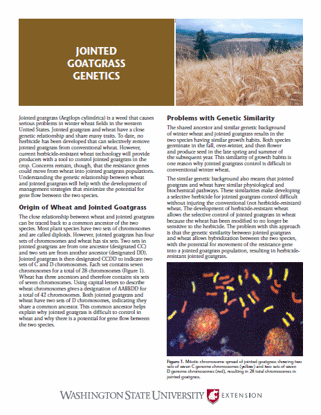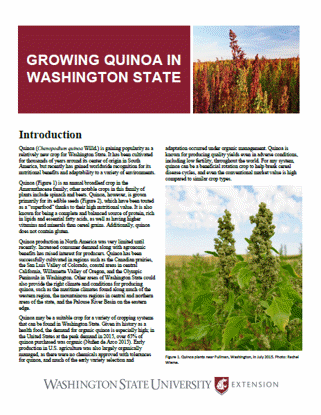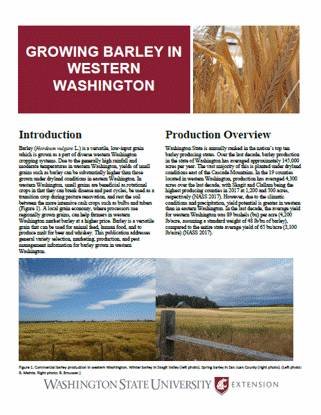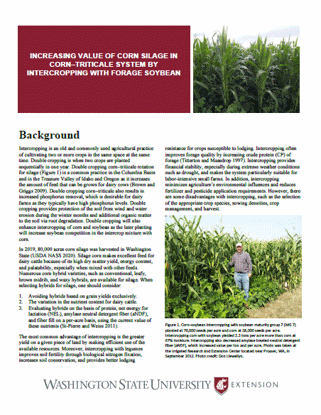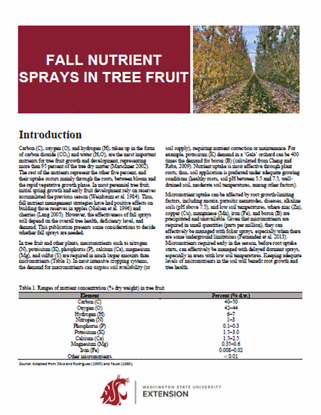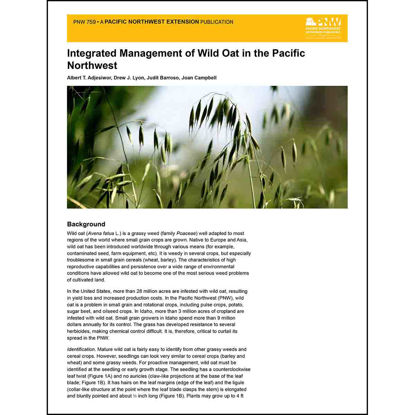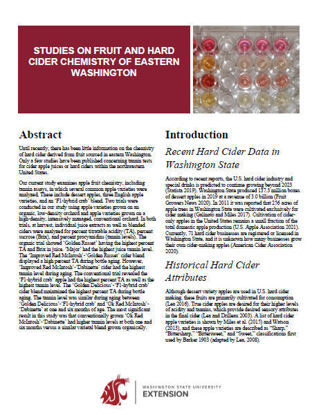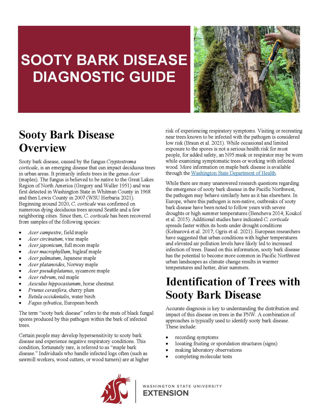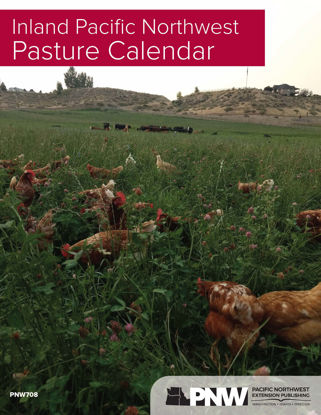You have no items in your shopping cart.
Plants
Plants
Jointed Goatgrass Genetics
Jointed goatgrass and wheat have a close genetic relationship and share many traits. Understanding the genetic relationship between wheat
and jointed goatgrass will help with the development of management strategies. Current herbicide-resistant wheat technology will provide
producers with a tool to control jointed goatgrass in the crop.
$0.00
Growing Quinoa in Washington State
Gaining popularity in the United States, quinoa is relatively new to Washington State: find out more about this fascinating annual broadleaf crop.
$0.00
Growing Barley in Western Washington
Versatile and low-input, barley can be used for food, malt, or animal feed: find out here if barley could work as a rotational crop on your farm.
$0.00
Increasing Value of Corn Silage in Corn-Triticale System by Intercropping with Forage Soybean
Looking for ways to increase forage quantity and quality all while decreasing costs of producing feed? This publication might just hold your answer.
$0.00
Fall Nutrient Sprays in Tree Fruit
With so many factors at play, how can you know if fall nutrient sprays are needed? This pub lays out some considerations, then provides the how-to's.
$0.00
Integrated Management of Wild Oat in the Pacific Northwest
In the Pacific Northwest (PNW), wild oat has become a notable weed pest of small grain and rotational crops, including pulse crops, potato, sugar beet, and oilseed crops. It has infested more than 3 million acres of cropland in Idaho, costing small grain growers in the state alone more than 9 million dollars annually in control costs. Feeding its spread is the fact that it has developed resistance to several herbicides. This PNW provides all the basics you need to mount a defense against the stubborn grass, including its identification, crop impacts, and management strategies. A handy table also lists the brand-name herbicides to which the wild oat has developed resistance, upping the odds on your control efforts.
Authors: Albert T. Adjesiwor, Drew J. Lyon, Judit Barroso, Joan Campbell
$0.00
Studies on Fruit and Hard Cider Chemistry of Eastern Washington
With the industry expected to continue growing, now is the perfect time to learn more about the chemistry of Washington-grown hard cider apples.
$0.00
Sooty Bark Disease Diagnostic Guide
This pub will walk you through how to correctly identify the diagnostic symptoms of sooty bark disease, a troubling, emerging pathogen spreading across Washington.
$0.00
Inland Pacific Northwest Pasture Calendar
The Inland PNW Pasture Calendar is designed to be a comprehensive guide for improved grassland management in support of forage-livestock systems. Applying the principles described will lead to improved regional economic, ecological, and social sustainability. This publication describes the opportunities and challenges of sustainably raising harvested and grazed forages and developing forage-livestock systems in a diverse environment.
AUTHORS:
Steve Fransen, Sergio Arispe, Mylen Bohle, Brendan Brazee, Scott Duggan, Richard Fleenor, Tip Hudson, Rich Koenig, K. Scott Jensen, Don Llewellyn, Amanda Moore, Ian McGregor, J. Shannon Neibergs, Steve Norberg, Ian Reid, Joseph Sagers, Glenn Shewmaker, K. Christy Tanner, Guojie Wang, Ashlee Westerhold, Carmen Willmore
$0.00

